WORLD
Mar-A-Lago Accord could rattle global markets and trigger deep volatility
- IBJ Bureau
- Mar 28, 2025
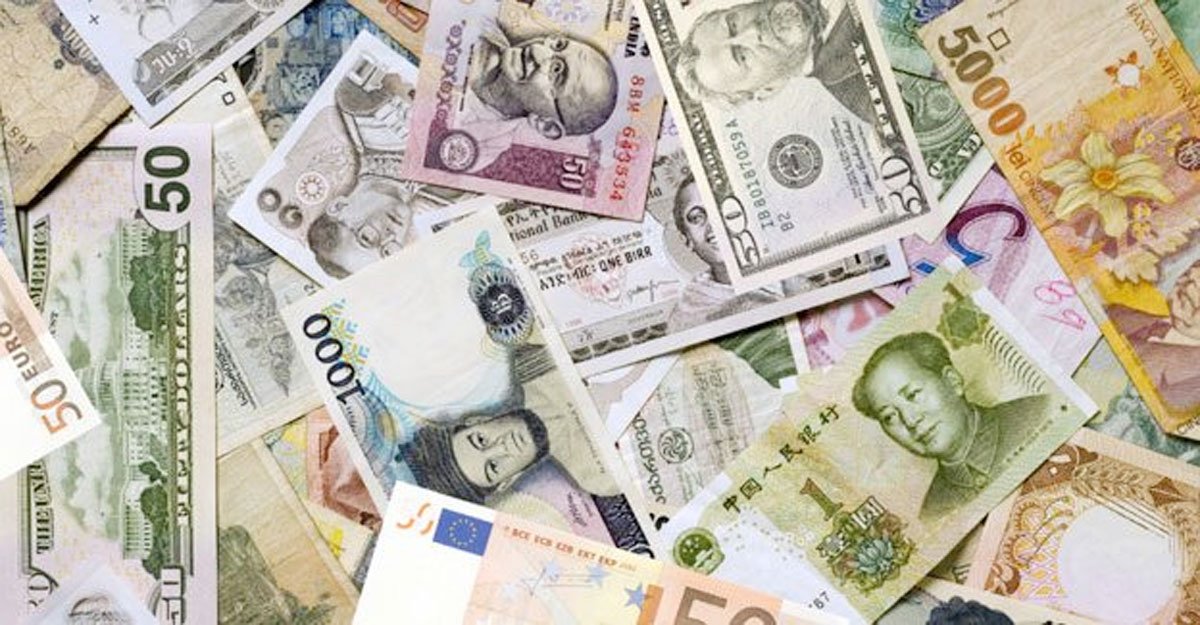
All eyes are on reciprocal tax on US imports that will take effect from April. The much-dreaded measure is actually just the beginning of US President Donald Trump’s saga of disruption. It is gradually becoming clear that the so-called Mar-a-Lago Accord is Mr Trump’s next step in his grand MAGA (Make America Great Again) plan.
First mentioned by Stephen Miran, the chairman of Mr Trump’s Council of Economic Advisers, in a report last September, the Mar-a-Lago Accord is envisioned as a global pact to devalue the dollar. The Mar-a-Lago (Mr Trump’s ultra-luxury retreat in Palm Beach, Florida) Accord draws its name from the 1985 Plaza (Plaza Hotel in New York) Accord, reached by the US with its then top-four trading partners – the UK, France, Germany and Japan – to devalue the dollar.
In the September report, Mr Miran blames the overvalued US dollar as the root cause for its unsustainably-high fiscal and trade deficits. The US president and his inner circle believe that the strong dollar has created international trade imbalances and handicapped US manufacturers. A weaker dollar would make US exports more competitive and bring more high-paying manufacturing jobs back into the country.
The envisaged Mar-a-Lago Accord involves getting the US’ major trading partners – particularly Canada, Mexico, the EU, Japan and China, which have the highest trade surpluses with the US – to sell their dollar reserves in a coordinated manner to weaken the US currency. It would not be easy to convince these countries to strengthen their respective currencies by selling the dollars and making their exports uncompetitive.
It is here that the higher reciprocal tariffs come into picture. The US would use the high tariffs as a threat to get its partners to sell dollars, promising them to lower tariffs, if they offloaded the currency. Washington would also get these partners’ central banks to swap short-term Treasury Bills and bonds with long-term, currently non-existent 100-year bonds. This will accomplish the delicate balancing act of engineering a weaker dollar without driving up US’ borrowing costs.
These century bonds would not pay any interest. Instead, the investors would be able to recoup their investment with a premium on the maturity of the bonds. If one of the countries needed cash, they could borrow temporarily from the Federal Reserve against the bonds. Here again, higher tariffs and withdrawal of US defence security arrangement would act as threats to achieve the objectives of the weaker dollar and lower interest payment on the federal debt. Besides, the US would also impose a user fee on the central banks holding short-term US Treasuries and refusing to swap them with the century bonds.
So, can this Mar-a-Lago Accord really materialise? Theoretically, it is possible. However, the new currency pact is in many ways different from the agreement achieved in 1985. Back then, the four major trading partners of the US were also its military allies, making it easier to get them to agree on the deal. However, the current trading partners of the US, especially China, are no longer US’ military allies dependent upon it for their security. It would be easier said than done to operationalise the Mar-a-Lago Accord.
There could be serious ramifications for the global markets, whether the currency deal is done or not. A weaker dollar would trigger inflation and recession in the US. Moreover, the tariff wars would raise prices sharply and disrupt global supply chains. US Treasury restructuring could rattle investors’ confidence and plunge the global currency, bond and equity markets into volatility. The only thing certain for now is a prolonged period of uncertainty – something that nobody likes.


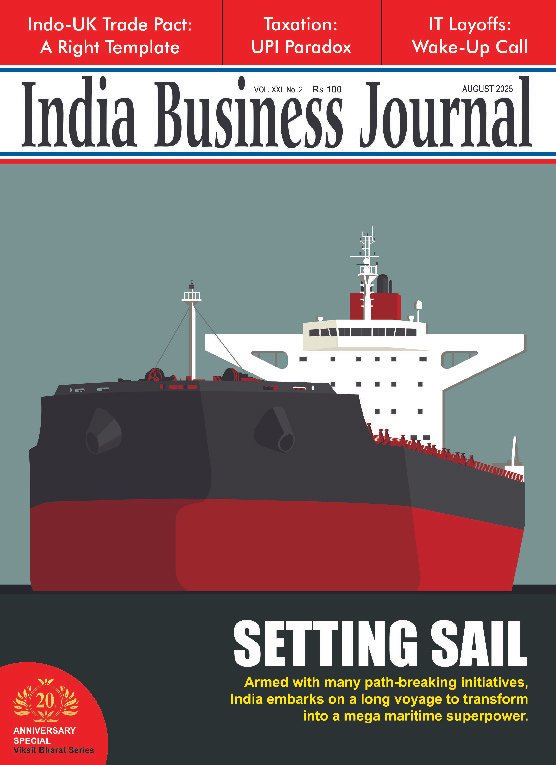








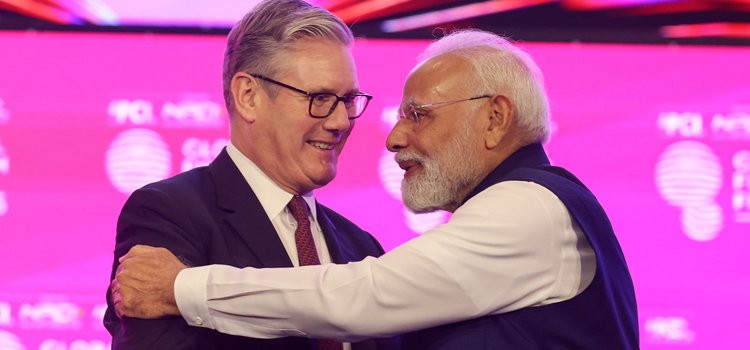





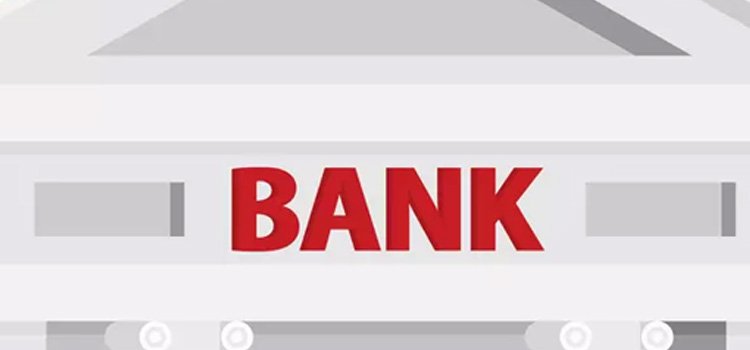


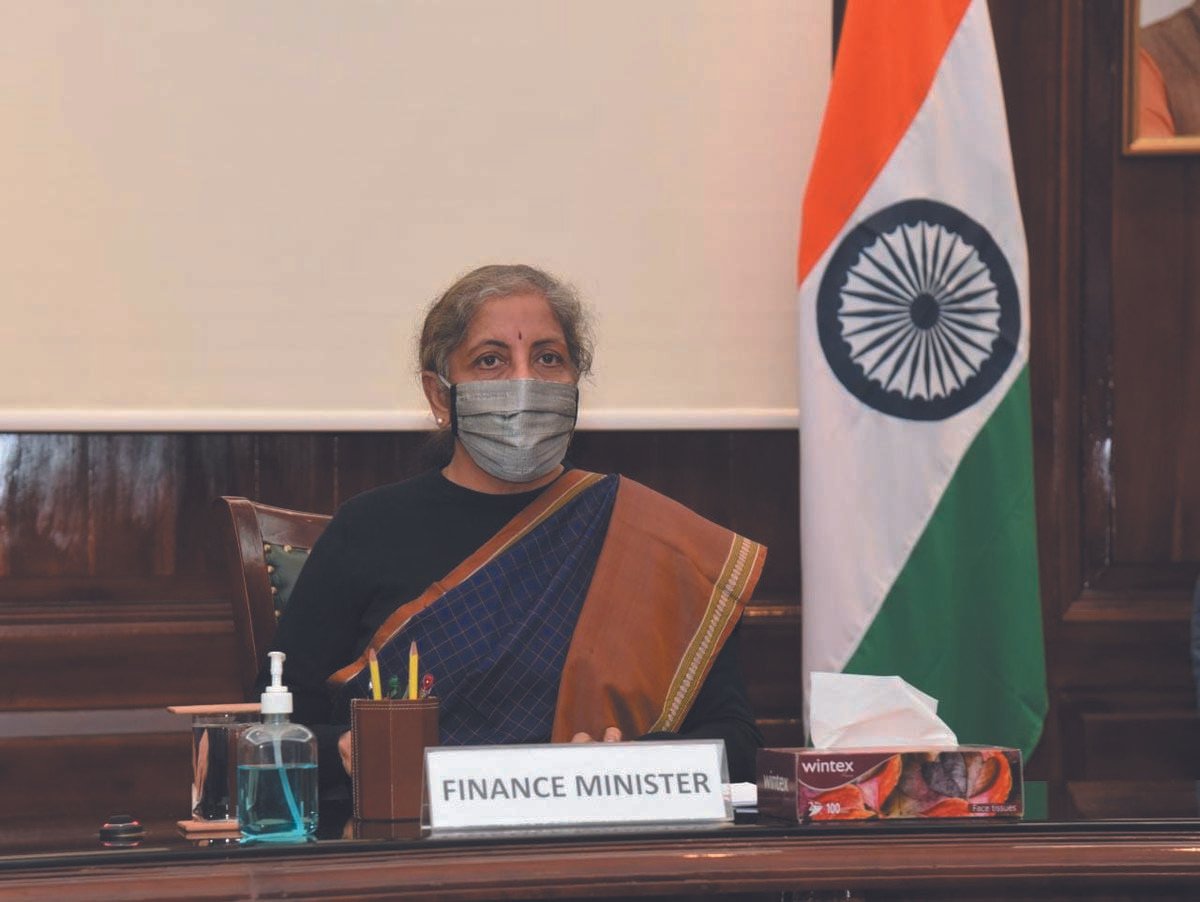
Report By
View Reporter News